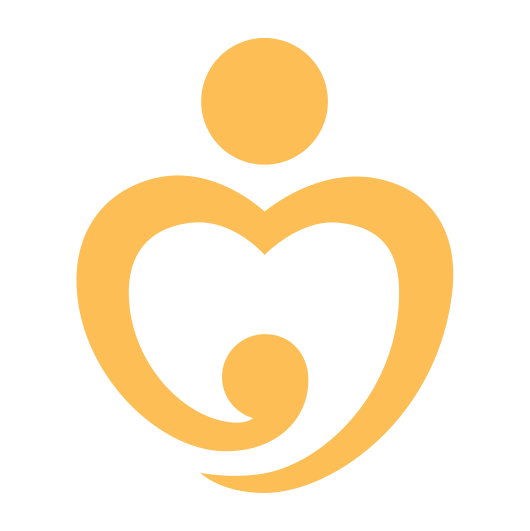Story from the field
Building a culture of sustainable safe motherhood system in rural Nepal
One Heart Worldwide’s partnership with Nepal’s rural municipalities for upgrading birthing centers is helping the Nepal Government’s effort to enhance the quality of maternal care for new mothers who live in the most remote parts of the country. This story focuses on the success of the partnership in a rural municipality in Khotang, one of the country’s most remote districts.
By Naresh Newar in Khotang, Nepal
Birthing Center featured in the story is sponsored by Thankyou.
Thankyou. is a longtime partner of One Heart and we are forever grateful for their continued support—through natural disasters and global pandemics!
Nisha cuddles her four-month-old son, Nirjal, trying hard to keep him warm from the chilly weather in the rural municipality of Diprung Chiuchumma.
Winter is harsh in the area.
Most of the time, she is unable to use the electric heater to keep her room warm due to constant power outages.
Her only alternative is firewood, but she is afraid the smoke will cause indoor pollution and damage both of their health.
This rural municipality is nestled in Khotang, which is considered to be one of Nepal’s most remote hill districts.
It adjoins Solukhumbu, the home district of Mount Everest, to the north.
Like many rural municipalities of the district, Nisha’s home is not easily accessible by road, and due to seasonal weather changes, most villages lack road access throughout the year.
Even during the dry winter season, the motorable roads can be dangerous.
With the high risks for transportation and the far distance, commodities become expensive for the locals to buy.
This is the reason why most of the young men in this municipality have headed down to towns and cities for livelihood opportunities to support their families.
Nisha’s husband has also temporarily migrated to the far-off town of Hetauda where he works as a cook in a restaurant to support Nisha, their son, and his elderly parents.
Their family used to depend on farming for a livelihood, but they couldn’t survive due to low farm productivity.
The costs for maintaining productive farmland doesn’t come cheap, as it is expensive to buy seeds, compost, fertilizer, and farm laborers.
Water supply is also scarce and the irrigation system is underdeveloped.
Most families depend on food imports like rice, grains, vegetables, and other essential commodities transported from the southern plains – known as the Terai.
Despite the hardship in the village, the one thing that local communities feel relieved about is the improved maternal healthcare system largely promoted through the success of the birthing center at Sapta Chhitapokhari Health Post,
Sapta Chhitapokhari Health Post was upgraded in 2018 by the local municipality with the help of One Heart Worldwide (OHW) as its development partner.
“I am so lucky that the health post did so much to save both of us. I feel so relieved thinking about how so many mothers like me feel so safe,” says Nisha, as she hugs and kisses her little four-month-old son.
There was a complication during Nisha’s delivery.
Her baby was in the breech position—which is considered high risk for the infant.
The team worked for 13 hours to save the child.
Nisha was in grief thinking that her child was dying when he didn’t make a sound.
Finally, after two hours of unknowns, the baby cried.
Both OHW and the Diprung Chiuchumma Rural Municipality have equally invested in renovating the health post.
The health post is now equipped with:
new high-quality medical equipment,
an ultrasound machine,
beds,
heaters,
a solar suitcase (solar electric system with highly efficient lighting and power for mobile communication and medical appliances),
and built a functional toilet and water supply system.
The nurses were sponsored for professional training in Kathmandu-based Paropakar Maternity and Women’s Hospital – the biggest maternity hospital in Nepal - to become skilled birth attendants (SBAs).
Kopila, who received the SBA training, recalls how the partnership initiative has transformed their maternity services.
“Ever since One Heart Worldwide helped us to rebuild our birthing center, there has been substantial improvement in maternal care in all seven wards of our rural municipality,” says Kopila.
She says the upgraded birthing facility has helped to prevent maternal and infant deaths, and now more mothers feel safe even during pregnancy-related complications and birthing.
Prior to this improved birthing center, deliveries were done mostly at home with very few institutional deliveries.
Now the tables have turned and there are only a handful of home delivery cases.
Kopila and other nurses at the health post used to make frequent visits to households to help in birth deliveries at homes, as most families did not see the value of institutional deliveries.
But that has now changed, and, according to the health post’s records, over 90 percent of birthing had been done at the birthing center in the last two years.
Her team has also dealt with the most complicated cases.
During our reporting, we visited the birthing center where Kopila and her team were involved in a complicated case where a young mother was going through prolonged labor for nearly twelve hours.
Her family had been waiting outside in the cold weather since 6 in the morning.
It was already 5 PM and, still, there was no sign of birth delivery.
When her team realized that it was getting risky, the team escorted the young expectant mother to the district hospital where a team of doctors and nurses were on standby.
Eventually, they did a cesarean to deliver a healthy boy at 3 the next morning.
Kopila returned at 4 AM in the cold and her daughter was alone at home.
But the next day, she was up early at 7 AM to resume her duty.
“It is a very rewarding job to see a successful delivery, and even though we are exhausted most the time, it feels great to see the joy in the faces of the families when they hold their healthy newborn,” says Kopila.
“We have a very good network system with specialists, not just in the district but also in Kathmandu, where we can call at any hour for medical advice.
If we hadn’t taken the SBA training, we would have probably taken a lot of risks that could endanger the mother’s life.
Now that we have more knowledge, we are very careful.”
She shared how in the past, prior to the SBA training, the nurses often used an oxytocin injection that can cause contractions of the uterus to increase the speed of labor.
They didn’t realize that the use of oxytocin results in excessive contractions and poses a risk to both the baby and mother.
“The nurses are so trained and I have full faith in them to save my daughter-in-law and our grandchild.
I wish we had such care during our time,” says Dhanmaya, who had been waiting outside the birthing center for 12 hours to hear the news of her daughter-in-law.
But she wasn’t as worried as the rest of her family.
She has full trust in the nurses and believes that mothers and infants don’t face risks like in her days.
Dhanmaya was only 15 years old when she had her first child.
Then, over the years, she had 14 children.
Four of them died during childbirth at home.
She shares how it was common during her days when women bore 14 to 15 children in her village.
She recalls how painful it was then for the young mothers.
“It feels so good to have such a birthing facility, even in our remote village, so that the new mothers will not have to risk their lives and lose their babies at birth,” explains Dhanmaya, who has witnessed frequent deaths of mothers and infants in her village. “Back then, all we did was to pray to god for help and face our fates.”
December 2020, Khotang, Nepal





